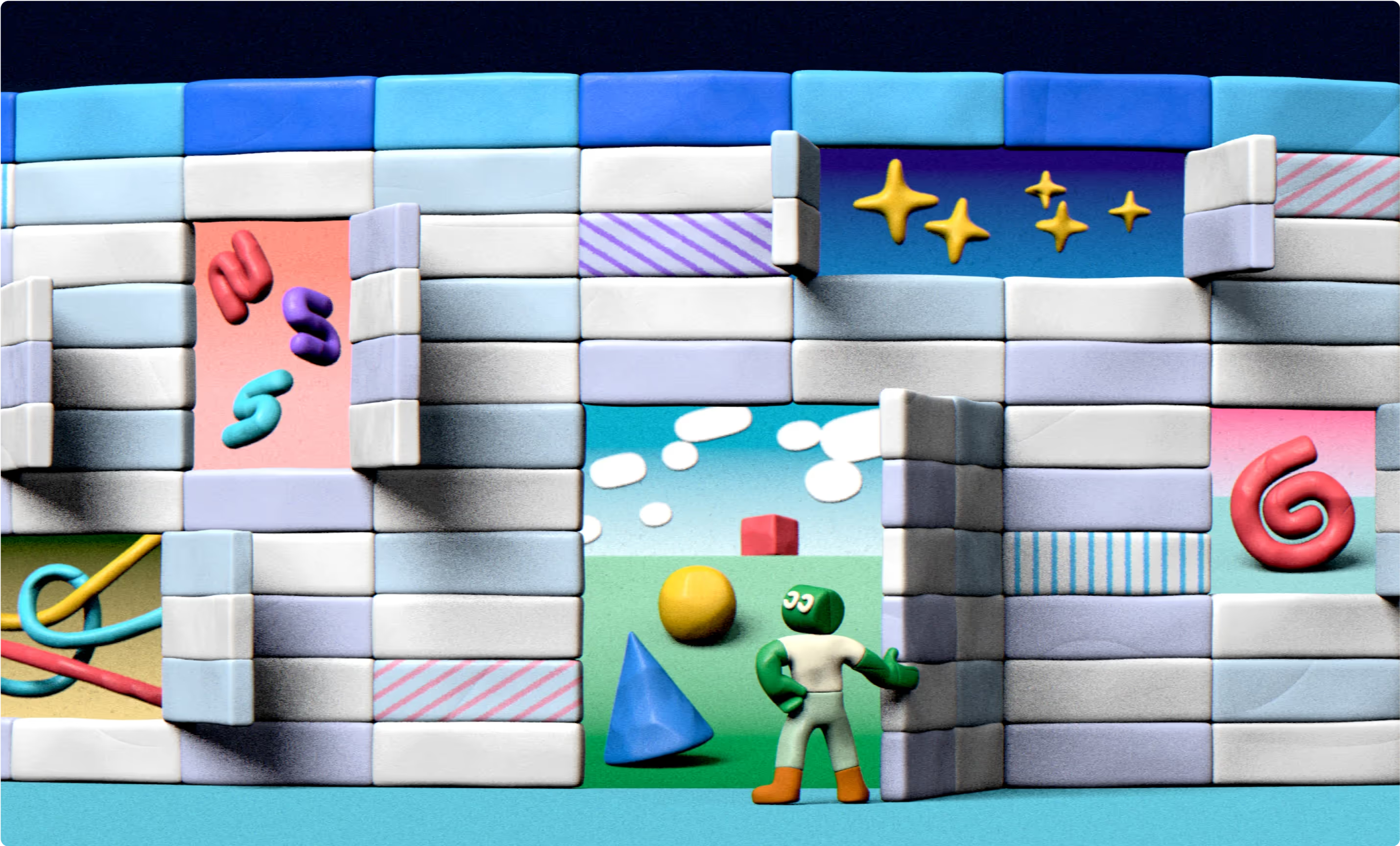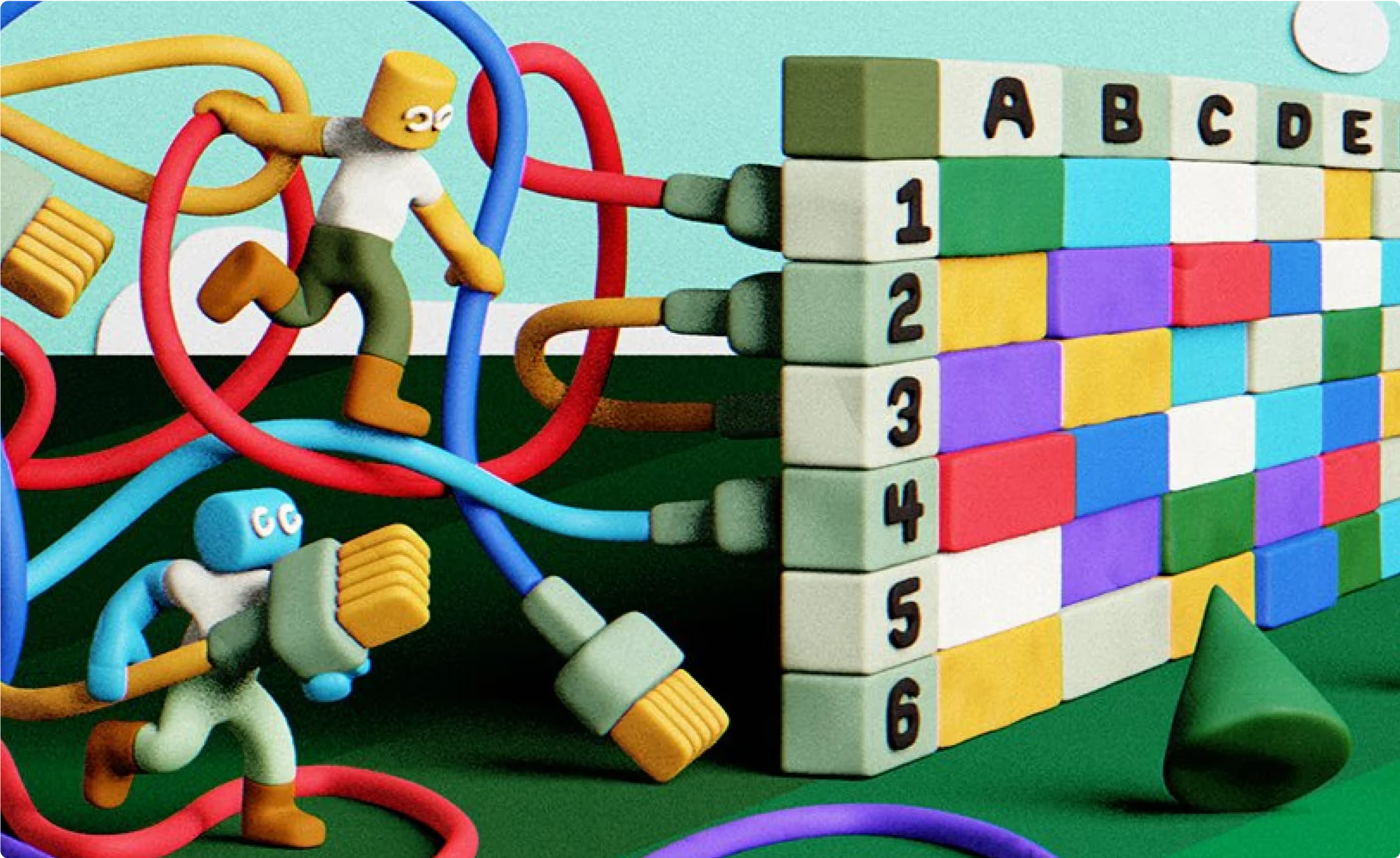👋🏽 Welcome to Clay 101!
🏁 We’re just getting started …
Welcome, Claymaker in the making! Clay 101 is all about the foundations of Clay. In this intro video, we’ll discuss how to use the FETE (Find, Enrich, Transform, Export) framework to help guide you through the endless possibilities of Clay. Before you know it, you'll be building tables with the best of them!
⚪ Embrace the Blank Canvas
The “Blank Canvas” is one of the most common frustrations we hear from brand new Claymakers. You’ve seen and felt this frustration plenty in other areas of life – maybe most commonly when writing.
In the same way that writing can be incredibly powerful, it can also be incredibly daunting when you’re staring at nothing but a blank piece of paper in front of you. Writer’s block is real, but it goes far beyond writing.
That’s why we have structures and frameworks that help us start putting pen to paper (remember that 5 paragraph essay format?). Claymaking is no different, because at it’s highest form, it’s a truly creative practice.
The tables you will soon create, in many ways, are reflections of you – like all art is. Your tables are your special brainchildren. They’re uniquely suited to you, built for your specific problems, and individual to you and your business.
So to help you avoid writer’s ceramist’s block, we have our own version of the 5 paragraph essay – we call it FETE, short for Find, Enrich, Transform, and Export.
🕵🏽♂️ The FETE (Find, Enrich, Transform, Export) Framework
The possibilities in Clay are limitless. Outbound, Inbound, and CRM enrichment are just the tip of the iceberg of what’s possible. But no matter what you build in Clay, it always follows the steps of FETE:
1. (F)inding Data: You can’t build a workflow on blank data - so every good workflow starts with finding data, whether you’re pulling it from a prospecting database, scraping the web, or connecting directly to your CRM.
2. (E)nriching Data: Once you’ve got raw data in a table, you need to make it more robust. At a bare minimum, you’ll need contact information, phone numbers and emails. But if you want to do a really good job, you’ll be searching for all kinds of data – from recent news to thought leadership – all in the pursuit of greater personalization and relevancy.
3. (T)ransforming Data: After you obtain all the data you need to paint a clear picture of the people you’re researching, you’ll likely want to reformat or shape that data in some way. You’ll be using Clay’s native manipulation tools plus GenAI & formulas to summarize and clean your data. Once you get really good, you’ll even start to generate custom snippets of AI copy in this step.
4. (E)xporting Data: The last and final step. You’ve done the hardest part, rigorously building your list, critically thinking about the data you need, and creatively shaping your data into writing that will convert. Now, you simply need to send that data where it ultimately needs to live for it to become useful. Most often, that’s a CRM or a sequencing tool of your choice.
And that’s a wrap! Short and sweet to get started. Don’t forget about FETE as we start to dive into the many, many different integrations that all come together throughout that process.
Connect, explore and learn together
Read our GTM blog, or try out our top Claybooks and templates to transform your growth ideas into outreach in minutes.






